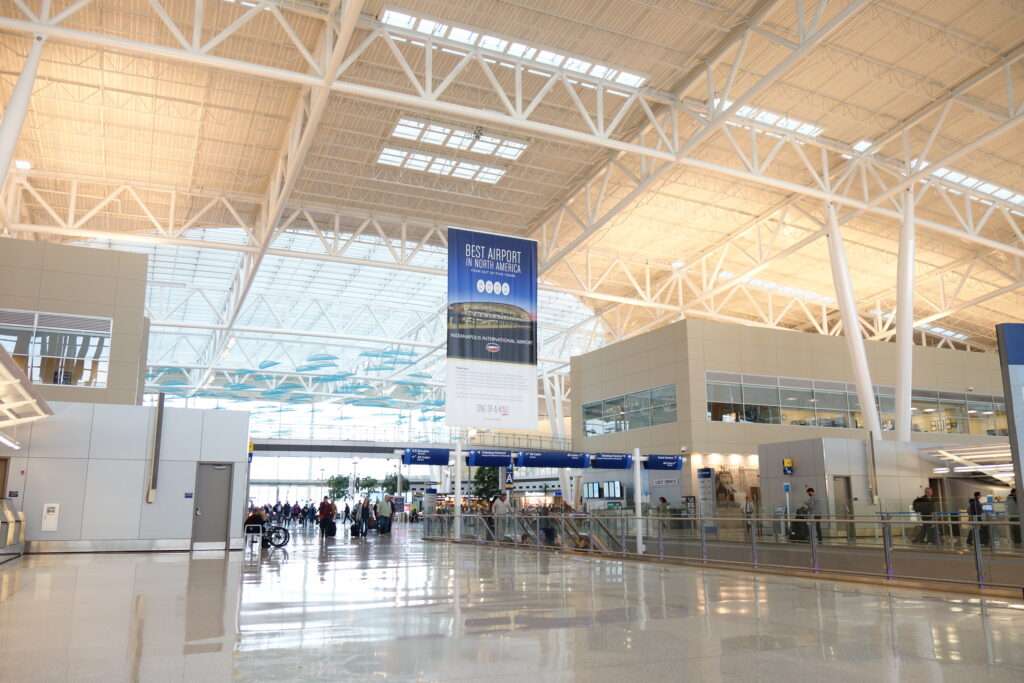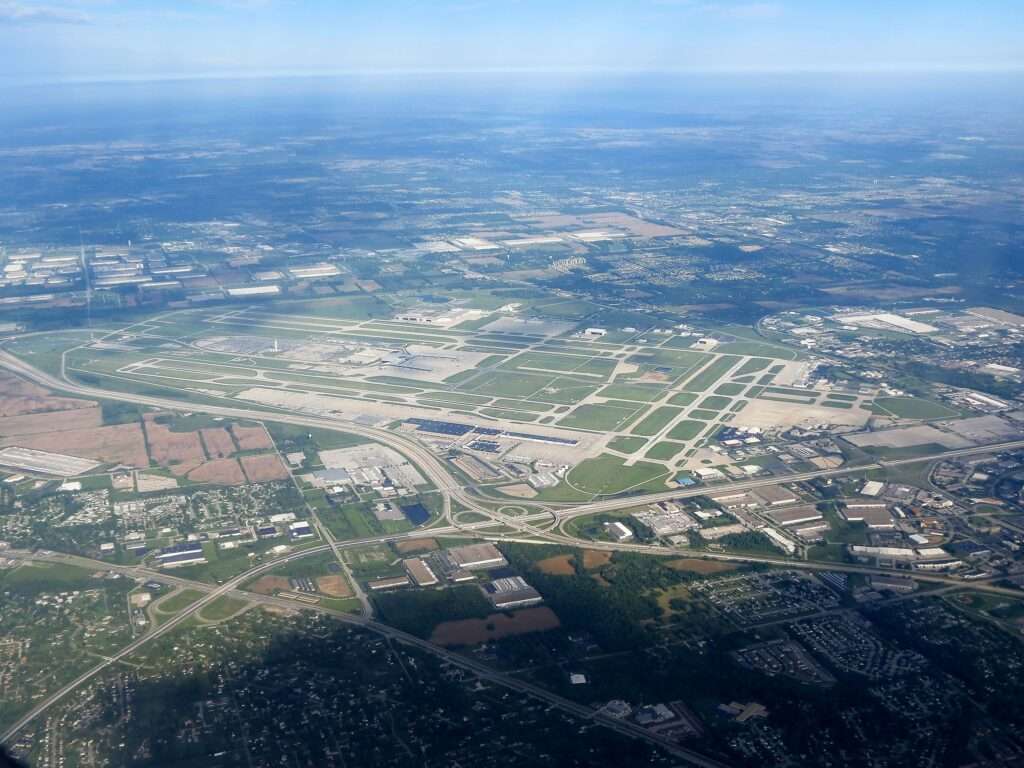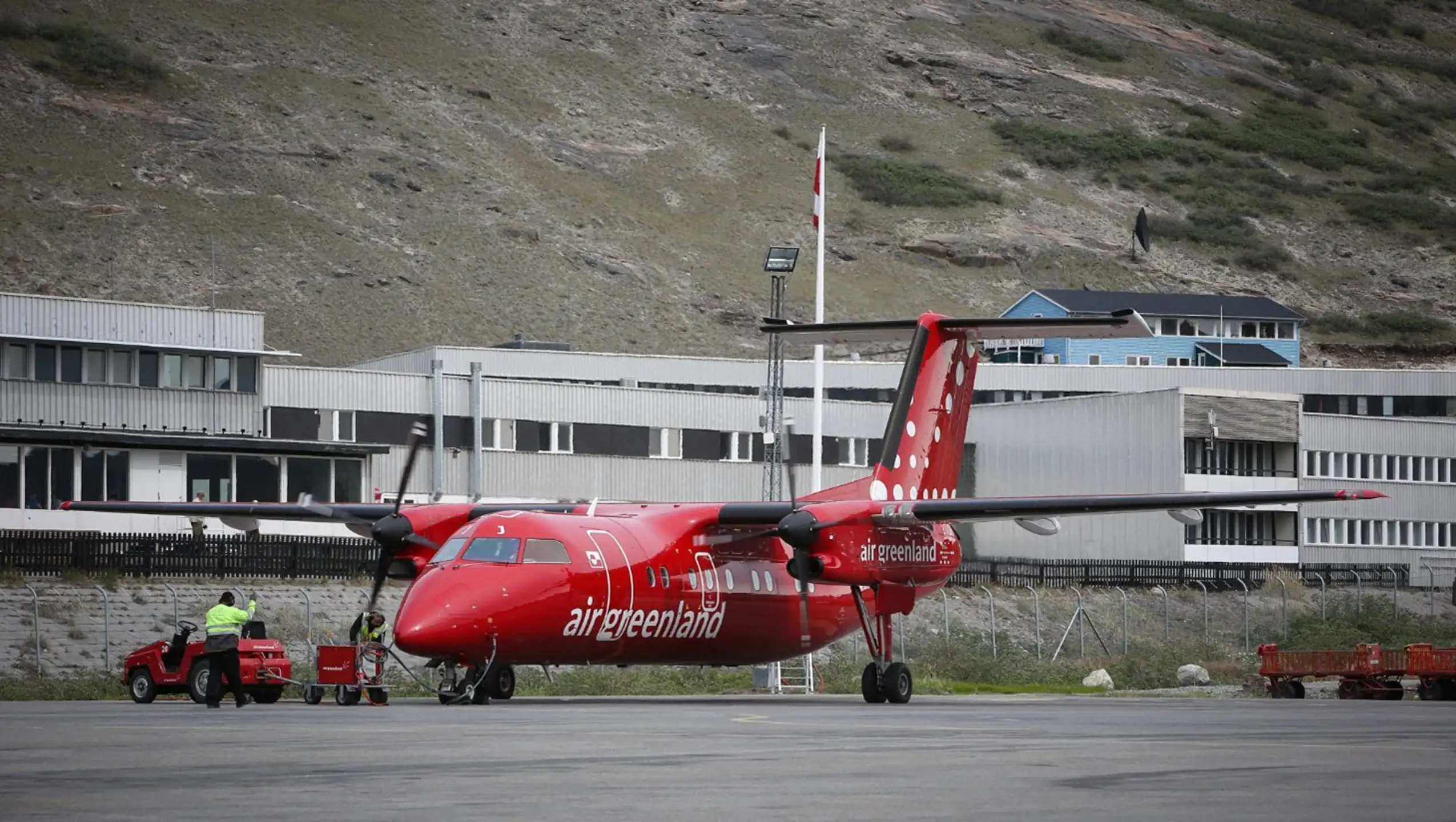Indianapolis International Airport (IND), a cornerstone of Central Indiana’s economic development and connectivity, boasts a rich history dating back to the dawn of commercial aviation.
This article explores the airport’s evolution, from its early days as a municipal field to its current status as a major international gateway.
Taking Flight: The Early Years (1928-1945)
The story of IND begins in 1928, when Indianapolis city leaders recognized the growing importance of air travel.
They established an Airport Committee to scout suitable locations for a new airport, ultimately selecting a 400-acre plot southwest of the city.
Construction commenced in 1929, and in September 1931, Indianapolis Municipal Airport officially opened its doors.
Initially, the airport consisted of a modest 21,000-square-foot terminal catering to a handful of scheduled airlines, including American Airways.
However, its strategic location and growing popularity with passengers spurred expansion plans.
The facility played a crucial role during World War II, serving as a training ground for military pilots and a vital link for transporting troops and supplies.
Honoring a Hero: The Weir Cook Era (1944-1976)
In 1944, the airport underwent its first name change, a tribute to Indiana’s aviation hero, Colonel Harvey Weir Cook.
A World War I flying ace with seven victories, Cook tragically died in a plane crash during World War II.
The airport became known as Weir Cook Municipal Airport, a name it held for the next three decades.

The post-war period witnessed a boom in passenger air travel.
Weir Cook Municipal Airport kept pace, undergoing several renovations and expansions to accommodate the increasing traffic.
Concourses A and B were added in 1968, followed by Concourse D in 1972.
A significant development occurred in 1962 with the creation of the Indianapolis Airport Authority (IAA).
This eight-member board, appointed by local officials, assumed ownership and operational control of the airport, paving the way for its future growth and modernization.
Embracing International Status: The Birth of Indianapolis International Airport (1976-2008)
By the 1970s, the growing volume of international flights caused a name change reflecting the airport’s growing role.
In 1976, the facility was officially christened Indianapolis International Airport (IND).
This shift signaled a new chapter in the airport’s history, one focused on attracting international carriers and expanding global connectivity.

Furthermore, a dedicated international arrivals and departures facility with customs services was constructed in 1976.
This marked a turning point for IND, solidifying its position as a major international gateway for Central Indiana.
Furthermore, the existing terminal on the east side of the airfield served the airport well for many years.
However, by the early 21st century, rising passenger numbers and evolving security requirements necessitated a new approach.
A New Era Dawns: The Weir Cook Terminal and Beyond (2008-Present)
The year 2008 witnessed a pivotal moment in IND’s history with the opening of the brand new Weir Cook Terminal.
Named in honor of the airport’s previous namesake, this state-of-the-art facility was a significant departure from its predecessor.
Designed with post-9/11 security considerations in mind, the Weir Cook Terminal is a sprawling 1.2 million-square-foot complex featuring a 40-gate terminal pavilion and a central hall.
The terminal’s spacious layout, modern amenities, and focus on energy efficiency earned it the prestigious title of “Best Airport in North America” three times since its opening.
Furthermore, the construction of the Weir Cook Terminal marked the culmination of a long-term vision for IND.

The airport continues to invest in modernization projects, including a new midfield control tower – the second tallest in the United States – opened in 2006.
These efforts underscore the IAA’s commitment to providing passengers with a world-class travel experience.
In conclusion, Indianapolis International Airport serves as a vital economic engine for the region.
It connects Central Indiana to numerous domestic and international destinations, fostering business opportunities, tourism, and cultural exchange.
Overall, as IND looks towards the future, it remains committed to innovation, sustainability, and providing passengers with a seamless and efficient travel experience.

Click the banner to subscribe to our weekly newsleter.

Click the photo to join our WhatsApp channel so then you can stay up to date with everything going on in the aviation industry!








